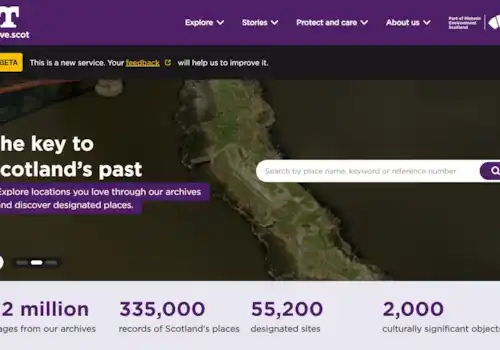07 June 2024
|
Susie Kearley looks at the history of this dreaded institution and investigates the lives of our poor ancestors who had to resort to the workhouse. Learn about the reasons why our ancestors fell on hard times and the solutions (or lack of) to help them. Sometimes the workhouse was the only option
How to trace the history of workhouses & how to learn about workhouse inmates
Local and county archives have records of the workhouses and include information on the inmates. Some records have been lost but you may find admission and discharge books or registers of births, baptisms and deaths, details of staff appointments and general correspondence.
- Some records are only available at The National Archives in Kew. You can visit the centre, pay for research, or identify a specific record and order a copy.
- There’s also a register of paid officers of the Poor Law Commission and its successors, 1837-1921 in the National Archives:
- Correspondence from 24 poor law unions is catalogued online at The National Archives. You can search by people’s names, places or occupations.
- Search census records. The census returns could tell you whether someone was living in a workhouse on the day of the census.
- Findmypast.co.uk has a list of institutions, including workhouses, that were registered in the 1921 Census.
- Use Peter Higginbotham's Workhouses' website to find lists of workhouses and poor law unions in the UK and Ireland








